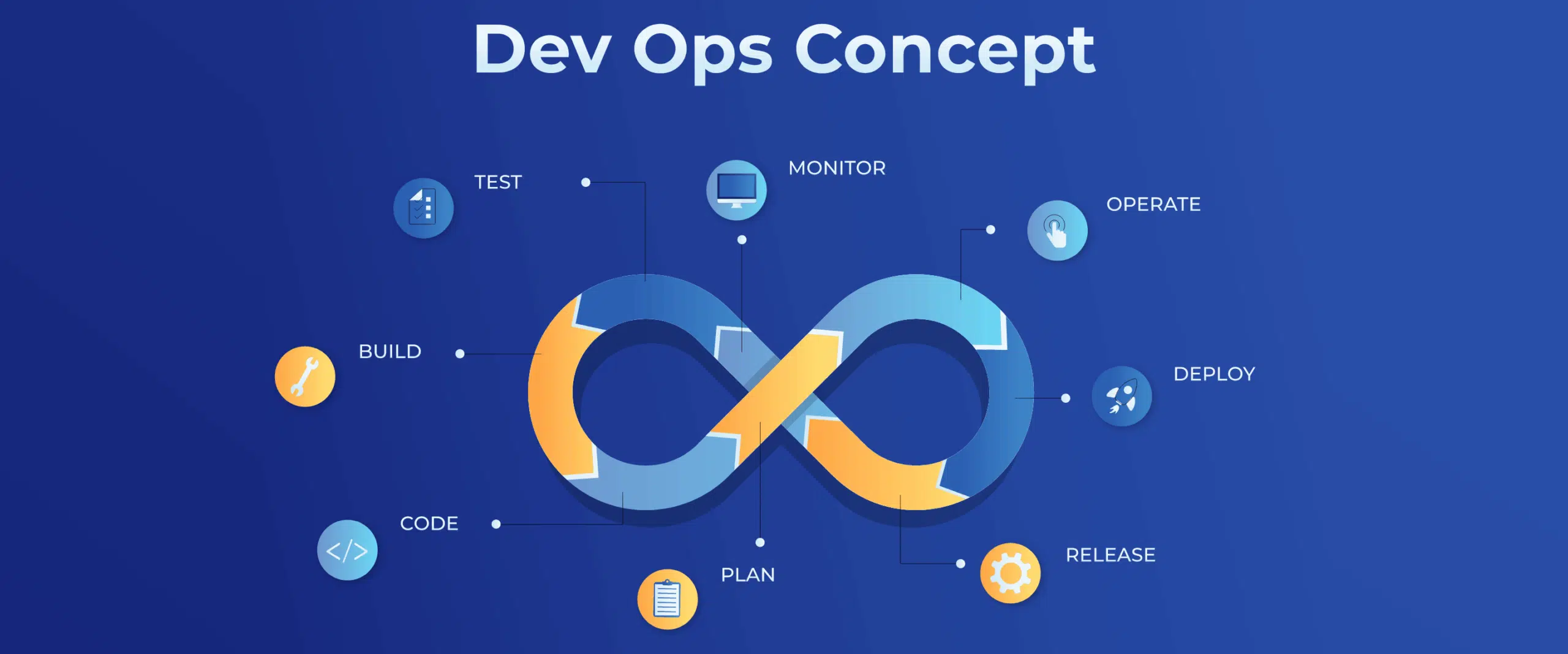Software Development Life Cycle (SDLC):
SDLC process involves planning, analysis, design, building, testing, deployment, and software maintenance. It might be an inconceivable task to lay down a plan for building the software as desired on the first try, as it may lead to some unexpected issues and errors. Companies follow various methodologies or implementations to develop or implement software regarded as SDLC methodologies. Every approach has some distinguished stages that eventually aim to deliver cost-effective software while being cautious about timelines and not compromising quality. Of all the existing methodologies, Agile and DevOps are adopted by most companies due to their distinctive benefits. It is very rare these days for companies to follow traditional waterfall methodology.
Agile model in SDLC:
We can see that Agile is not software or methodology based on its basics and its role in SDLC. It is more about values and principles that help in product development. The agile manifesto clearly explains the values and principles that lay the foundation to bring out a product. It focuses more on the values to the left over the right. Unlike the traditional models, such as the waterfall model, the Agile model for software development provides a different approach to SDLC. Goals, objectives, and requirements keep changing with each project. Different projects require different methods which need to be developed and implemented. The Agile team works and delivers the product based on the project requirements and the values and principles in the manifesto. Unlike other methodologies in SDLC, the Agile methodology requires a small team to develop the product. Less people and rapid delivery are the crux of Agile.
What is the role of the Agile model in software development lifecycle?
Agile is more focused on small, continuous iterations and incremental builds. When a customer approaches the Agile team with a project, it’s broken into small incremental builds, and these builds are administered in iterations. In these iterations, various functional teams work simultaneously on stages involved in SDLC. At the end of each iteration, a working product build is displayed to the customer and important stakeholders. Each build is incremental, and the final build has all the customer’s required features. The agile model in software development prioritizes the working system over documentation and focuses on constant and rapid changes.
The agile methodology or model, in a nutshell, is,
Agile is more focused on small, continuous iterations and incremental builds. When a customer approaches the Agile team with a project, it’s broken into small incremental builds and these builds are administered in iterations.*
DevOps in SDLC:
DevOps is no new word in 2020, although it’s a newcomer to the SDLC world. The DevOps methodology is a paradigm shift, highlighting the importance of collaboration between development and operations in the SDLC process. Many big companies, including Amazon, Target, and Netflix, employ the DevOps model.
Related read: https://denkensolutions.com/blog/digital-transformation/devsecops-trends-and-best-practices/
What is the role of DevOps in SDLC?
DevOps isn’t a new software or framework but is more about how to work with and adopt it. It is a disciplinary change that focuses on communication and collaboration between teams in the organization. It ensures that the right tools are utilized at the right time. In a DevOps environment, Developers and Operations teams work together or as a team, depending on the need to accelerate the process and deployment. Continuous feedback, performance improvements, and automation of manual development procedures are the core of the DevOps model.Amazon Web Services outlined this methodology as follows: “DevOps is the combination of cultural philosophies, practices, and tools that increase an organization’s ability to deliver applications and services at high velocity: evolving and improving products at a faster pace than organizations using traditional software development and infrastructure management processes.Various companies have successfully developed efficient, reliable products using the DevOps approach over the years. Challenges faced using traditional SDLC models/methodologies are wiped out. High-quality and cost-effective products are delivered.
Conclusion:
When it comes to choosing the right SDLC model, there are many crucial factors to consider. A few of them are the project size, timelines, goals and deliverables, team locations, outsourcing of the required contractors, and so on. This requires a great deal of planning and decision-making with the consent of all the stakeholders. However, the most important factor would be recognizing and understanding the importance of choosing the right methodology for your software development lifecycle.



